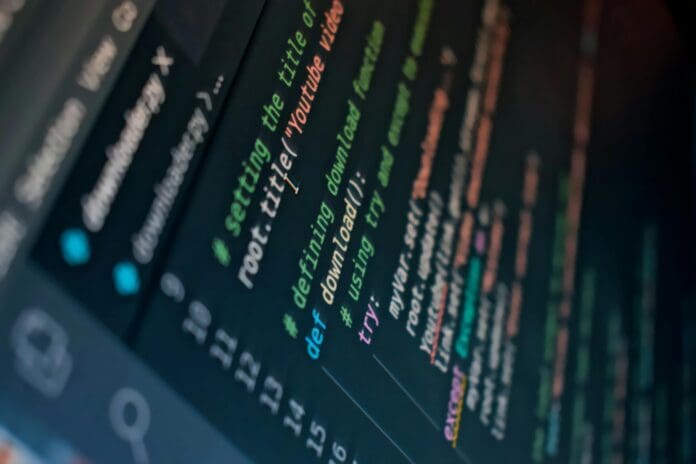This post is also available in:
 עברית (Hebrew)
עברית (Hebrew)
China’s ByteDance, TikTok’s parent company, has recently become involved in another privacy controversy. Now, ByteDance’s newly launched AI-powered coding tool, Trae IDE, has faced scrutiny following concerns about its data collection practices. Developed as a competitor to tools like Cursor and GitHub Copilot, Trae IDE has been flagged by developers for excessive telemetry usage, raising serious privacy and security issues.
An analysis by a developer, shared on Github, revealed that Trae collects far more data than other popular coding environments such as VS Code and Cursor. In particular, the tool was found to use 6.3 times more RAM compared to VS Code and three times more than Cursor. Despite disabling telemetry features in the settings, the tool continued to send extensive data back to ByteDance’s servers.
The telemetry data includes detailed hardware information, such as the CPU model, RAM size, and motherboard manufacturer, along with unique identifiers like user_id, device_id, and machine_id. This data is sent to endpoints under the byteoversea[.]com domain, even when users explicitly disable telemetry. Moreover, the tool also tracks user activity, recording precise file edits, mouse and keyboard movements, and window focus states, all of which are bundled into the telemetry data.
In response to the issue, the developer attempted to raise their concerns in Trae’s official Discord server but was quickly muted after using the term “track,” which was added to an automated blacklist. This move has been criticized as treating legitimate privacy concerns as disruptive behavior.
Given ByteDance’s ties to China, concerns about data sovereignty and the potential misuse of user data have become more pronounced. Developers are calling for greater transparency regarding how data is collected and stored, especially for free software powered by AI technologies. As the use of AI-powered development tools grows, it will be essential for users to carefully consider the privacy implications of their software choices.
Update – August 3, 2025: Since releasing this article, ByteDance has clarified the telemetry toggle in the settings only controls data collected by the core platform and some approved extensions. However, other third-party extensions may ignore this setting, so users are encouraged to check each extension’s documentation for details. The platform has also updated its interface to make this limitation more visible. Separately, the Discord moderation incident, where the user was muted, occurred after mentioning “tokens” – a term was flagged automatically by a keyword filter related to crypto discussions.


























